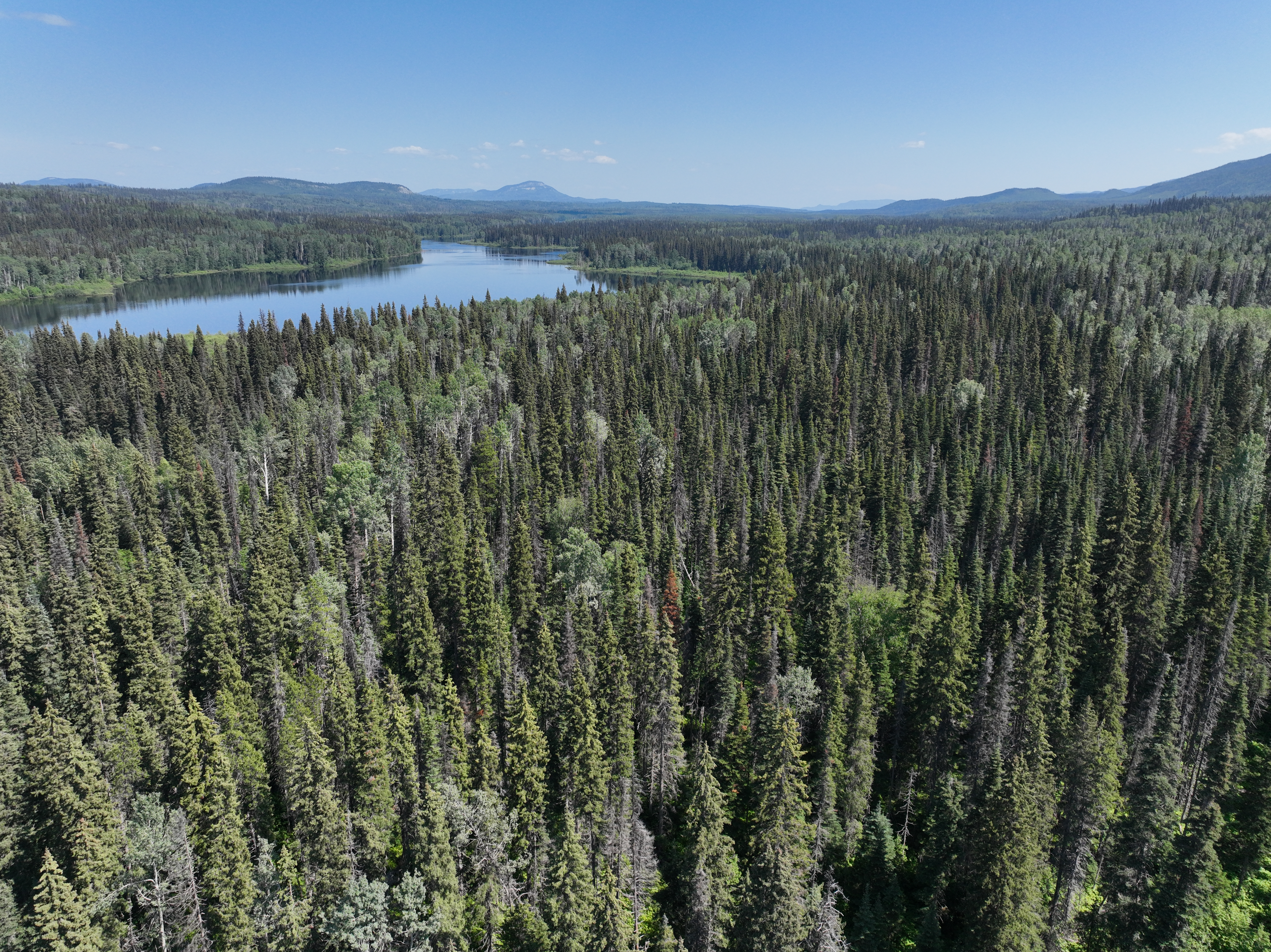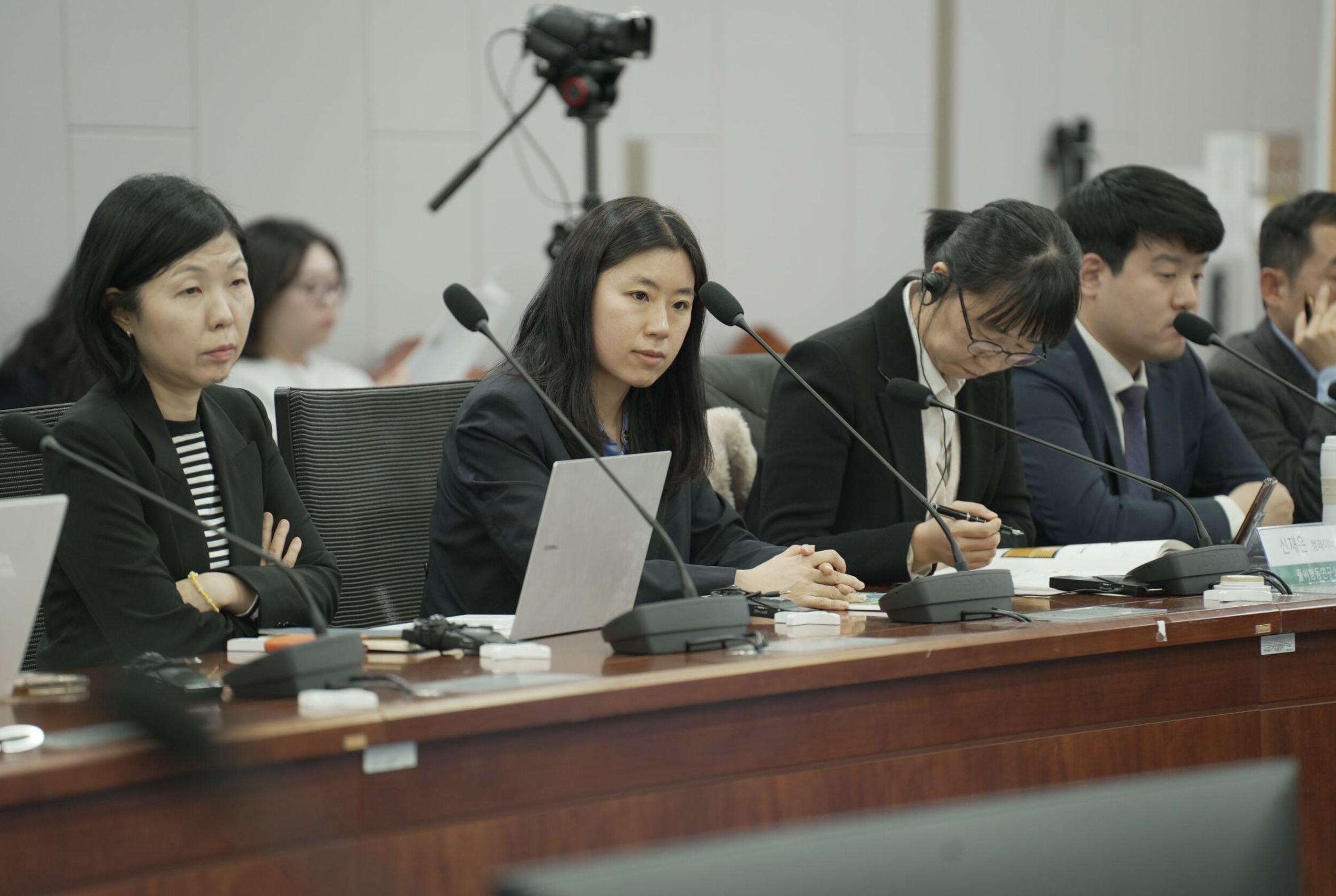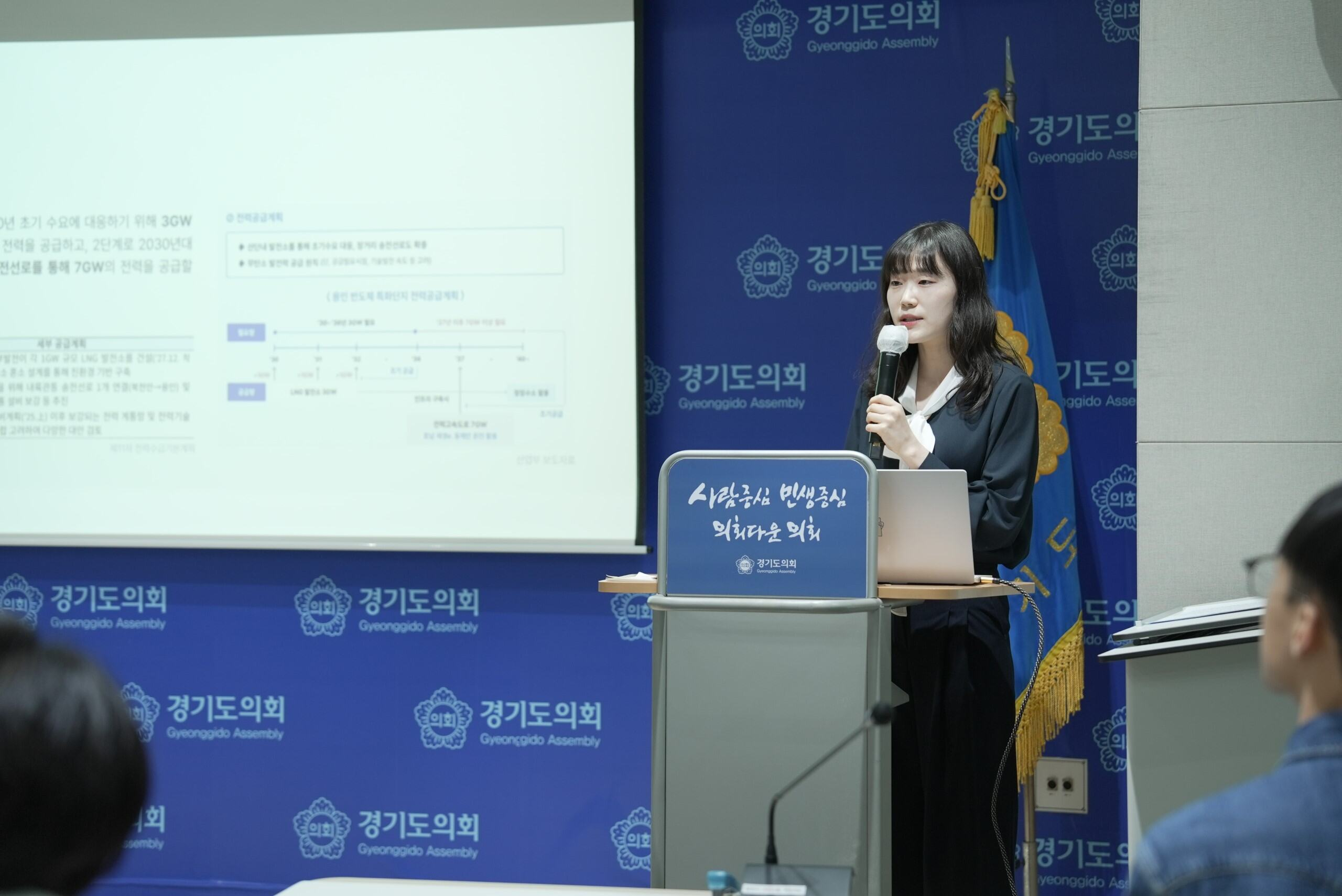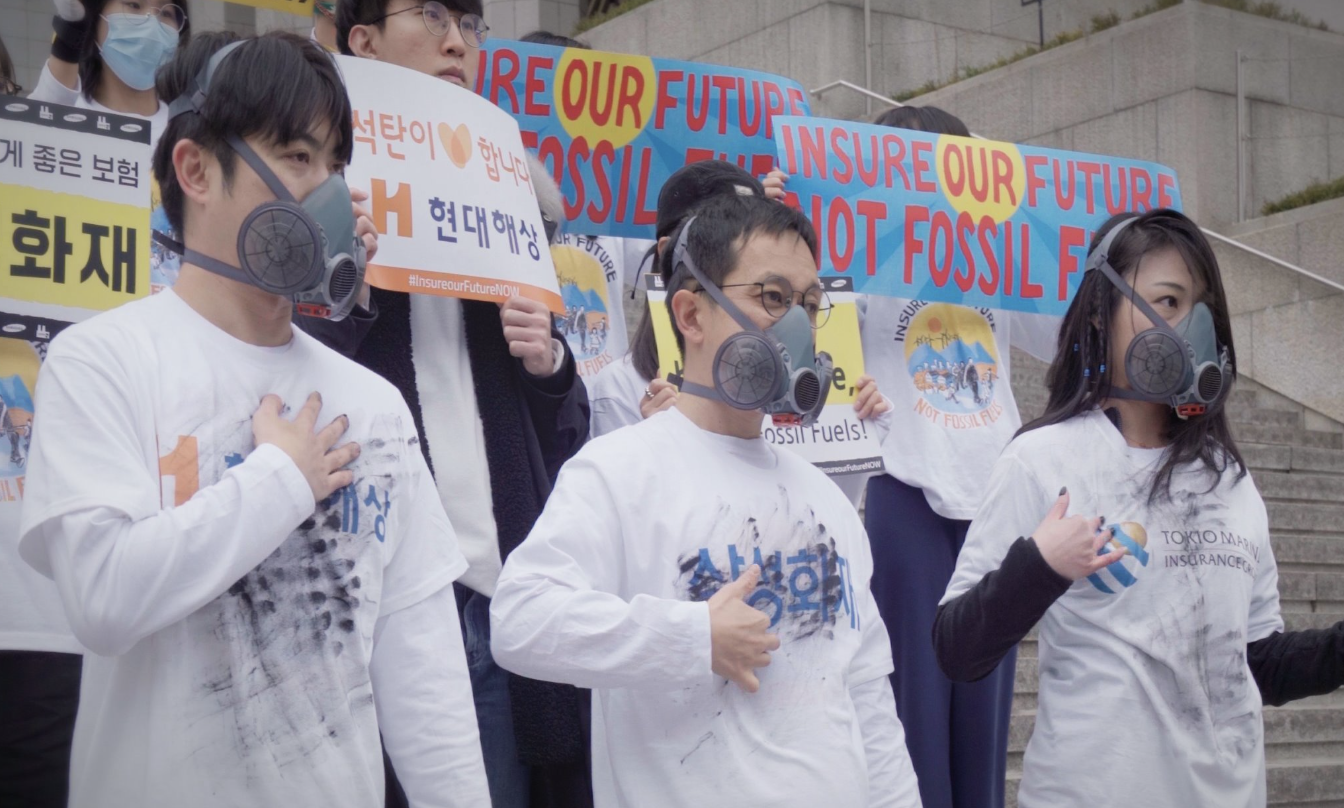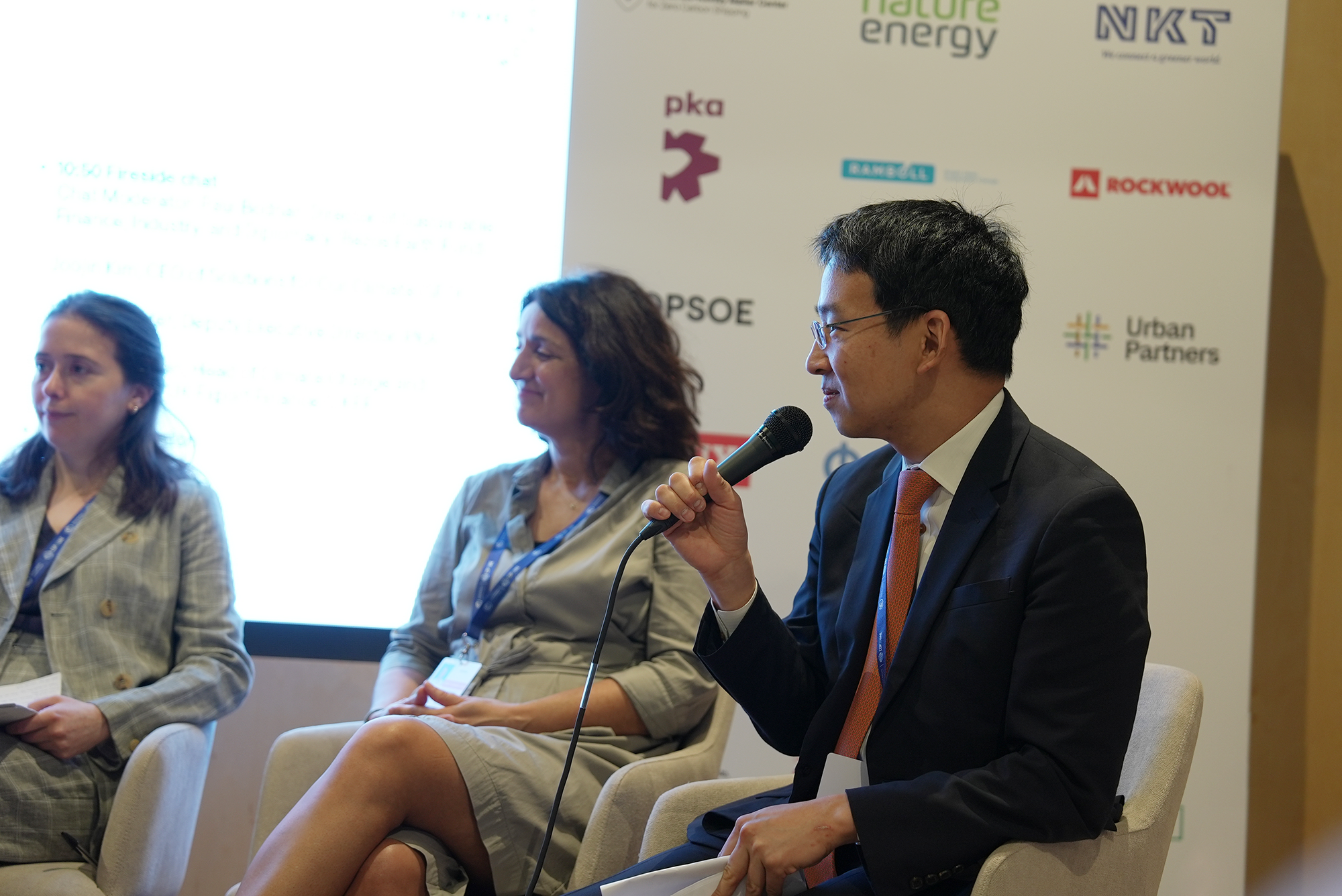
Forest biomass—burning wood for energy—is currently the second-largest source of renewable energy in South Korea. With countries still relying heavily on industrial-scale biomass, we need to ask: Is burning wood actually renewable? And what are the real environmental costs?
The carbon neutrality myth
The biomass industry claims that burning wood is carbon neutral. This is based on the idea that the CO2 released during burning is absorbed by newly planted trees.
But the reality is that burning wood results in more CO2 emissions per unit of energy compared to coal, and reabsorbing all the released carbon can take decades or even centuries. This delay means that atmospheric CO2 levels will remain elevated for years, worsening the climate crisis.
This green myth of biomass hinges on flawed carbon accounting frameworks. Under the IPCC guidelines, the CO2 emitted from burning wood is not counted as energy sector emissions. This relies on the assumption that emissions from removing standing trees should be included under the land sector. However, land sector emissions are often hard to monitor or accurately count. Also, most biomass producing nations are in the Global South, meaning that biomass-related emissions are often outsourced to poorer nations.
Carbon emissions per unit of electricity by energy source

The biodiversity impact of forest biomass
Burning forest biomass for energy at the current scale leads to extensive logging. This harms ecosystems, biodiversity, soil quality, and vital forest services like clean water, flood protection, and air quality. The world is already seeing the devastating consequences of large-scale biomass, including massive clear-cutting of the world’s last remaining tropical rainforests in Southeast Asia.
Even with restoration efforts, new seedlings in logged forests are less likely to survive compared to the ones in intact areas. Particularly damaging is the conversion of natural forests to industrial monoculture plantations. This simplifies complex ecosystems through repeated habitat fragmentation and destruction. Logging and drying of peatlands to make room for plantations increase fires, reduce carbon sinks, and destroy habitats for endangered species like orangutans. Indigenous peoples and local communities often suffer permanent changes in their lifestyles due to these practices.

Photo Credits: "Orangutan Pongo pygmeus pygmeus" by Sabar Minsyah (CC BY-SA 4.0).

Photo Credit: "Deforestation in Borneo" by IndoMet in the Heart of Borneo is (CC BY 2.0).
Biomass power in South Korea
South Korea is the third-largest wood pellet market in the world, following the United Kingdom and Japan. Biomass power in South Korea has expanded due to Renewable Energy Certificates (RECs) granted under the country’s Renewable Portfolio Standard (RPS). RECs serve as proof that electricity is produced from renewable sources. Producers earn varying numbers of RECs based on weightings, which are contingent on the type of renewable energy.
These subsidies, designed to incentivize renewable energy growth, are ironically shifting resources away from the cleaner wind and solar to forest biomass. Often power producers receive subsidies when they burn coal and biomass together, under the false premise of cutting carbon emissions. Alas as we saw above it is indeed the opposite. These subsidized wood fuels are imported from around the world, mainly from Vietnam, Indonesia, Russia, and North America, perpetrating deforestation and biodiversity loss.
REC Weightings by key electricity source in South Korea

In 2023, SFOC discovered that biomass power plants in South Korea have received at least USD 3.7 billion worth of RECs since 2015, resulting in 50 million tons of wood burned and over 70 million tons of CO2 emissions. This is equivalent to receiving USD 79 for burning a ton of wood.
Wood pellet consumption in South Korea by country of origin

The Global Biodiversity Framework
Fortunately, countries are increasingly recognizing the urgent need to tackle both the climate and biodiversity crises. The Kunming-Montreal Global Biodiversity Framework (GBF), signed during the 15th Conference of the Parties to the Convention on Biological Diversity (COP15 CBD) in 2022, aims to halt biodiversity loss and ensure sustainable ecosystems by 2030, with a vision of achieving harmony with nature by 2050.
GBF Target 18 specifically calls for eliminating, phasing out, or reforming harmful subsidies by at least USD 500 billion annually to reduce biodiversity impacts. It is high time for governments and industries to recognize that financing biomass is a textbook example of biodiversity harmful subsidies and to commit to a time-bound phase-out. Demonstrating nationally driven implementation of the GBF will be a priority for COP16 CBD in Cali, Colombia this October.
To learn more about the harmful impacts of biomass subsidies, check out SFOC’s latest issue brief.
